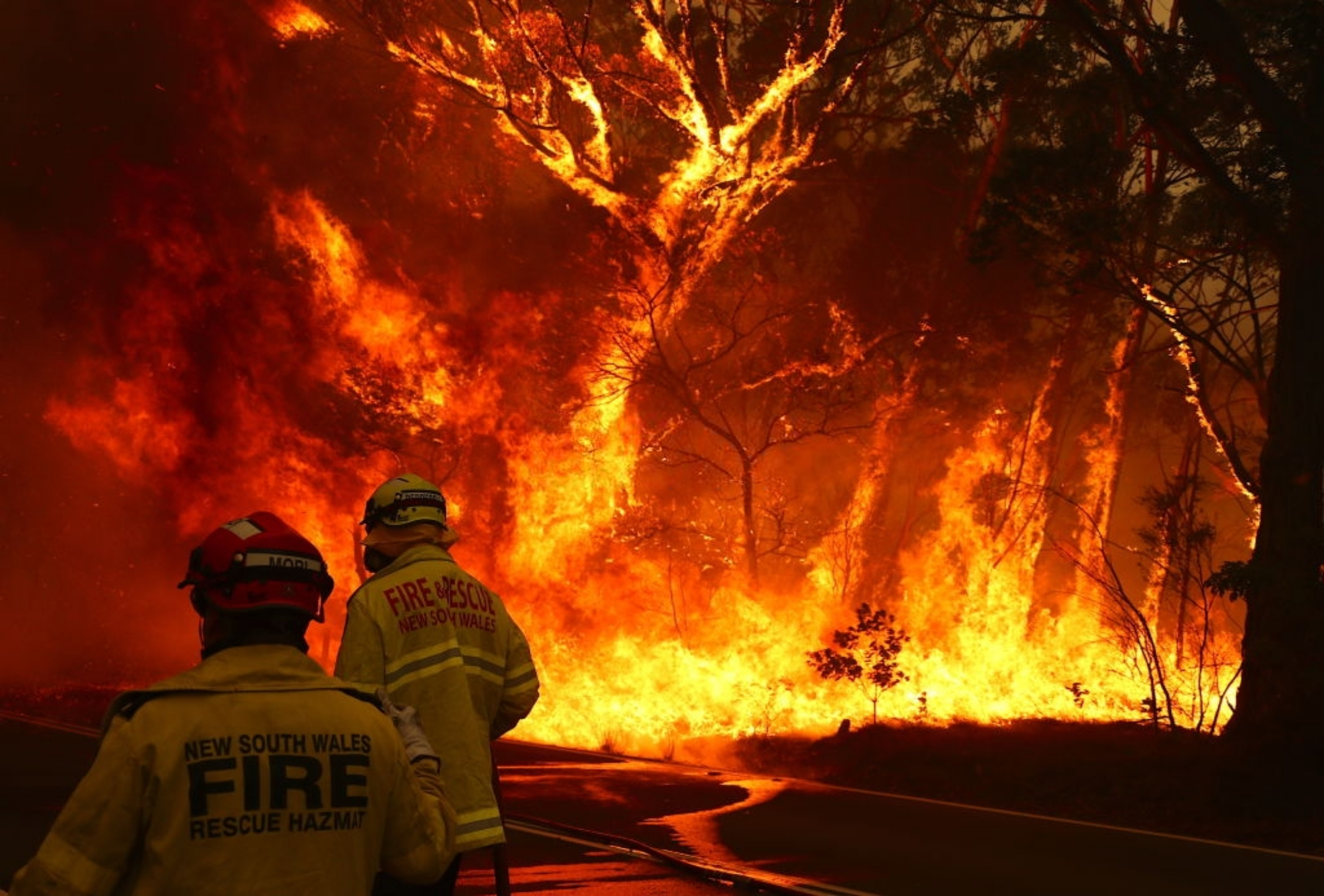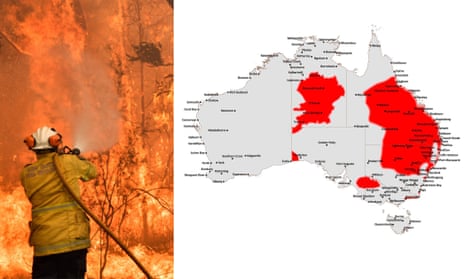How BAL Record Impacts Shrub Fire Security Measures
In the realm of bush fire protection, the Building Assault Degree (BAL) report stands as an important tool that substantially affects the security and resilience of properties in fire-prone areas - BAL Report. The influence of a BAL assessment expands much beyond mere documents; it serves as the foundation for determining the suitable building criteria and fire security procedures needed to mitigate the risks presented by bushfires. As areas grapple with increasingly serious fire periods, understanding how the BAL record shapes these safety measures becomes critical for building contractors, homeowners, and policymakers alike
Understanding the Bushfire Attack Degree

Relevance of BAL Record Analysis

Additionally, the BAL record evaluation functions as a fundamental step in complying with legal obligations and demands connected to bushfire defense. Neighborhood councils and authorities typically mandate the submission of a BAL report as part of the planning and building approval procedure to ensure that residential properties are properly safeguarded against bushfire threats. Failing to conduct an extensive BAL report evaluation can result in poor protection actions, leaving residential or commercial properties at risk to ruining bushfire occurrences.
Construction Criteria Based on BAL
An extensive understanding of the Bushfire Attack Level (BAL) enables building owners to execute building criteria customized to their details threat profile. Construction criteria based on BAL are essential in reducing the impact of bushfires on buildings. The BAL score classifies the prospective risk a residential or commercial property faces throughout a bushfire on a range from BAL-Low to BAL-FZ (Flame Zone)
Applying Fire Security Steps
With the foundation of building and construction standards based on Bushfire Attack Level (BAL) in location, the focus now changes towards the useful application of fire security procedures to fortify properties versus he has a good point bushfire hazards. Easy actions include using fire-resistant structure products, setting up ash guards on vents, sealing spaces these details in roofings and wall surfaces, and preserving a clear space around the residential property cost-free from combustible plant life. By integrating both passive and active approaches, homes can significantly reduce their susceptability to bushfire events and increase the safety and security of passengers.
Safeguarding Residences Versus Bushfires
Efficiently protecting homes versus the harmful effects of bushfires requires a aggressive and thorough strategy to fire security steps. Additionally, sealing vents and spaces to prevent coal breach, as well as integrating fire-resistant doors and windows, can aid fortify the home's defense versus bushfires. By welcoming an aggressive stance and incorporating these protective measures, homeowners can considerably increase their opportunities of safeguarding their homes against bushfires.
Verdict
In final thought, the Bushfire Attack Level (BAL) record plays an essential function in establishing the required defense actions against bushfires. Executing fire defense measures based on the BAL record is essential in protecting residential or commercial properties from potential bushfire risks.
In analyzing bushfire risk to properties, understanding the Bushfire Assault Level (BAL) is an essential part for implementing efficient defense actions. On the whole, a clear understanding of the Bushfire Strike Degree is vital for carrying out adequate security procedures and minimizing the influence of bushfires on homes.
